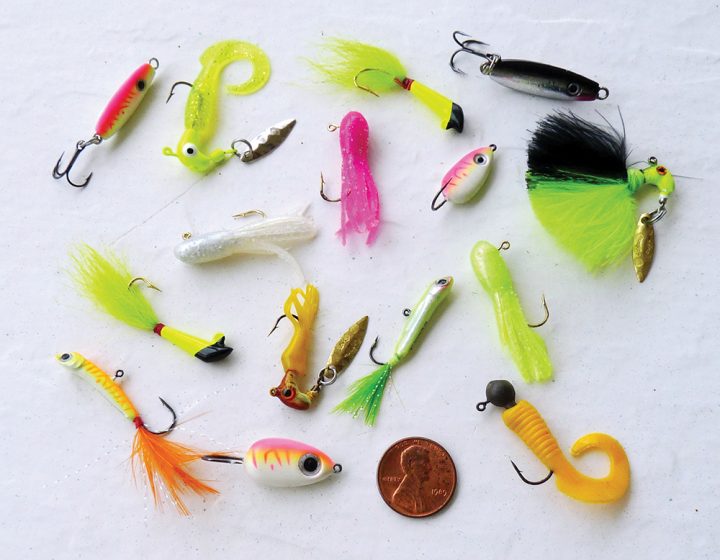You’ve heard it said before. The key to catching fish centers on presentation, presentation, presentation. Too many anglers nod in agreement but fail to focus on it constantly. Whether you prefer natural bait or artificials, the best offering will bomb unless it looks realistic and natural to your quarry. Whether you are staring eyeball to eyeball with the fish of your dreams or simply covering the water with blind cast after blind cast, it all necks down to your ability to make your bait or lure tempt a fish into striking.
My father was the consummate example. His lure of choice was a ¼-ounce or 3/8-ounce yellow Upperman bucktail. Dad would put a half-dozen of them in his jacket pocket and challenge dozens of species in saltwater or fresh. That artificial didn’t look like it would catch anything, yet Dad could outfish anyone in the boat with him.
Professional guides were amazed what he could do with that lure. He was perfect proof that presentation was the key rather than the choice of lure.
Almost all of his casts were blind, but somehow he managed to put that bucktail where the fish were and in a manner that they would eat it. No matter how hard I tried year after year, I have never come close to catching as many fish as he could on that bucktail. He never understood the technicalities of fish behavior. As an example, fish holding in any type of current face into it, expecting their food to be swept to them by the flow of water. Even in shallow water, predators tend to work into the current or across it.
It’s essential to know where in the water column the species you seek happens to be. If you had to ask a successful angler one question, find out how deep the water was where he caught his fish. You don’t have to know the spot as long as you learn the depth. And remember, a fish hugging the bottom is not going to rise very far to inhale a bait.
There are also places I refer to as seats in a restaurant. These are very precise spots where a fish can hold easily with a minimum of current and then dart out to grab food being pushed along by the flow of water. If you catch a fish in a particular spot today, it could be a seat in the restaurant. By tomorrow or the day after, you can bet that another fish will be in that exact same spot.

No matter what bait or lure you choose, it still centers on presentation. When you present your offering correctly, your catch rate will rise and the smile on your face will telegraph the results.
